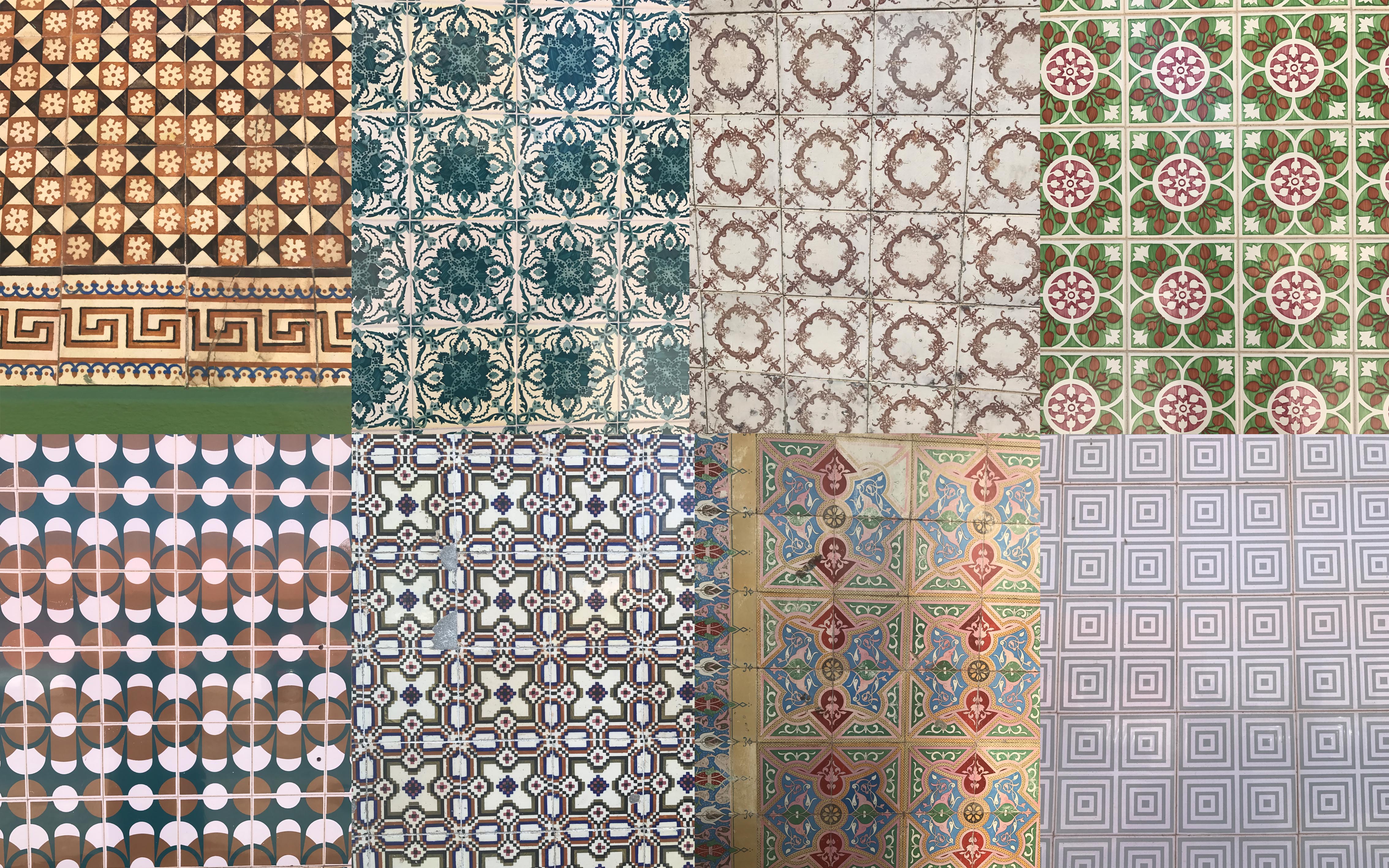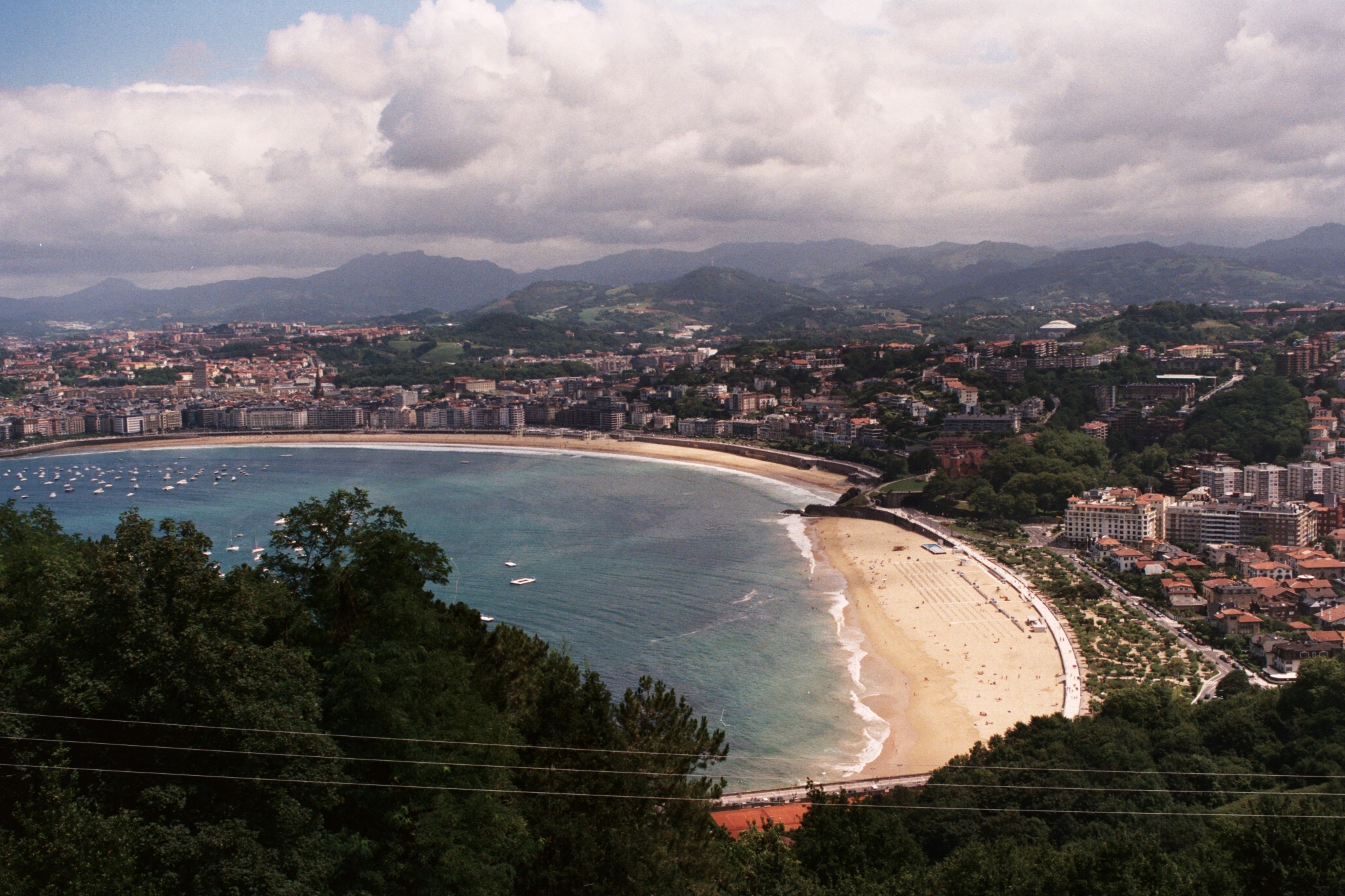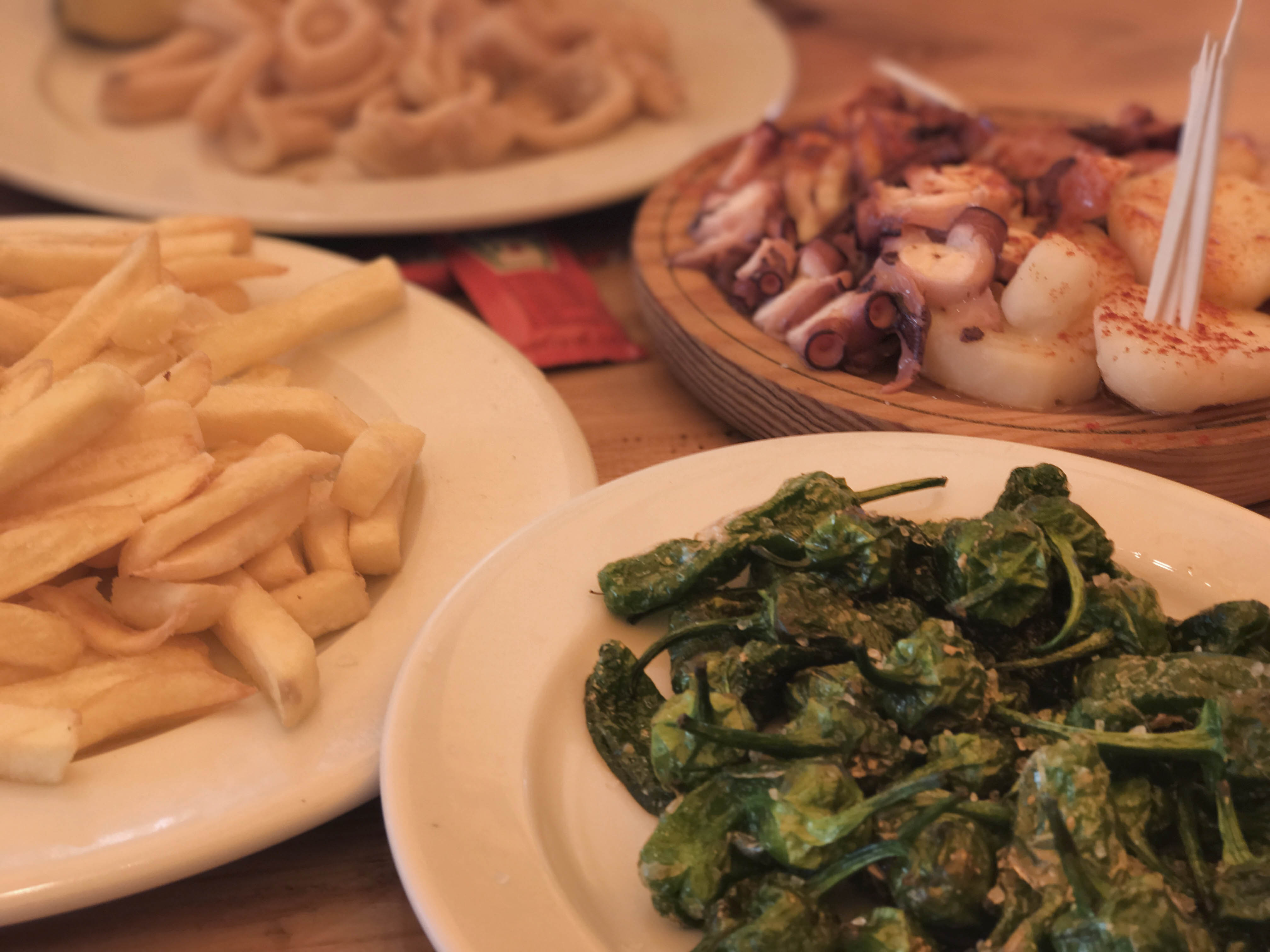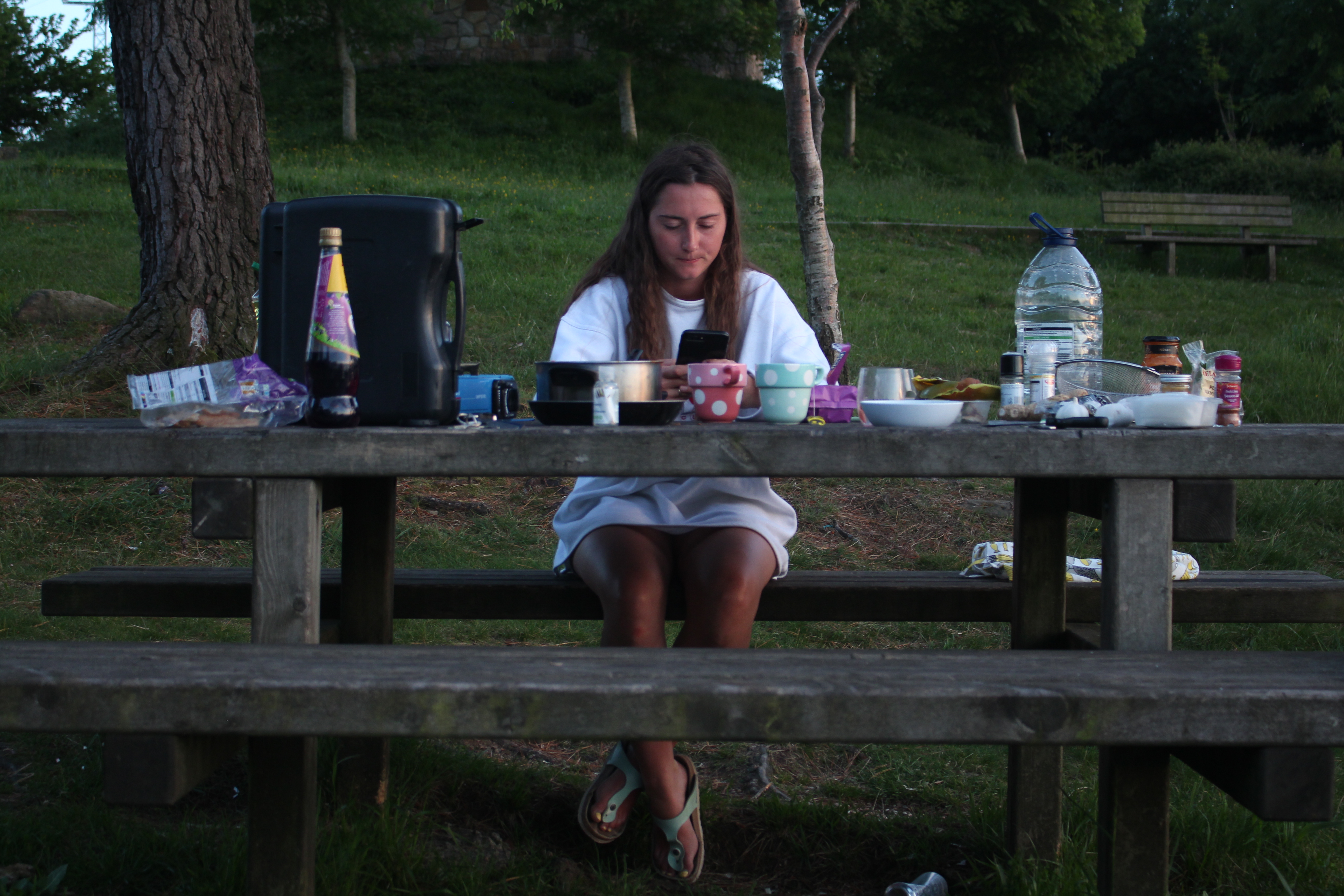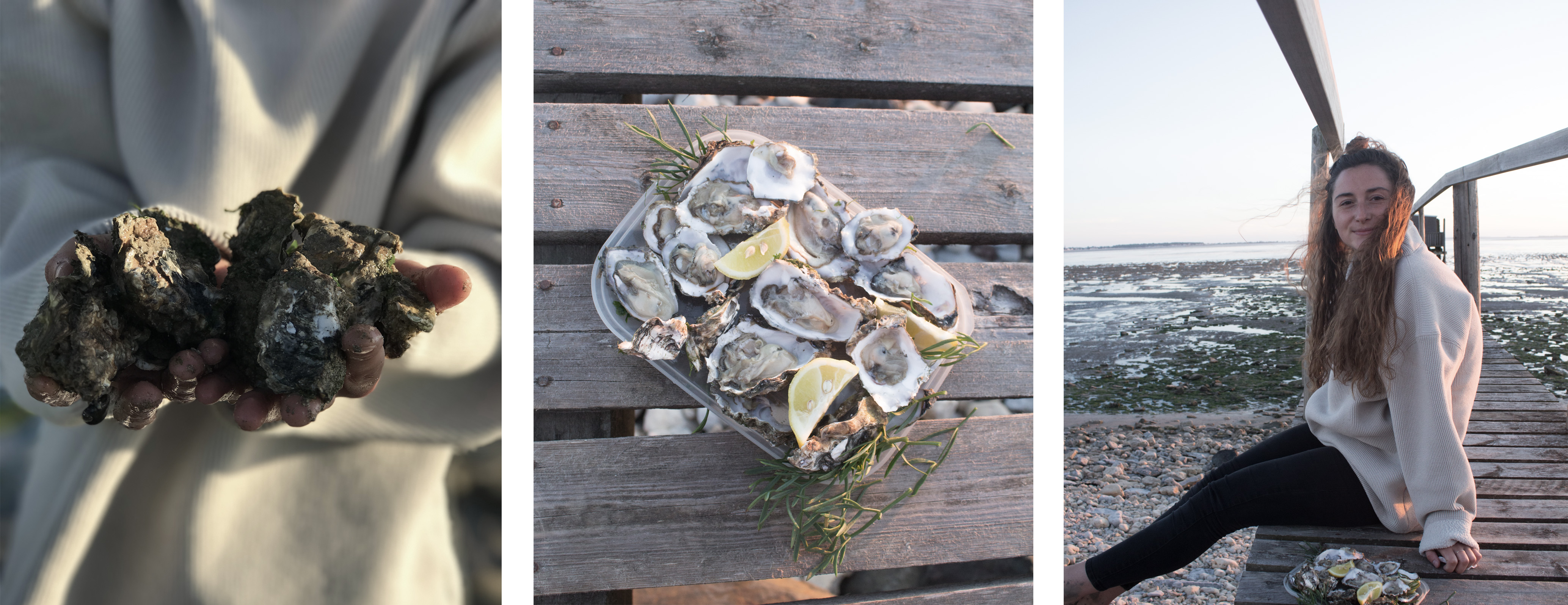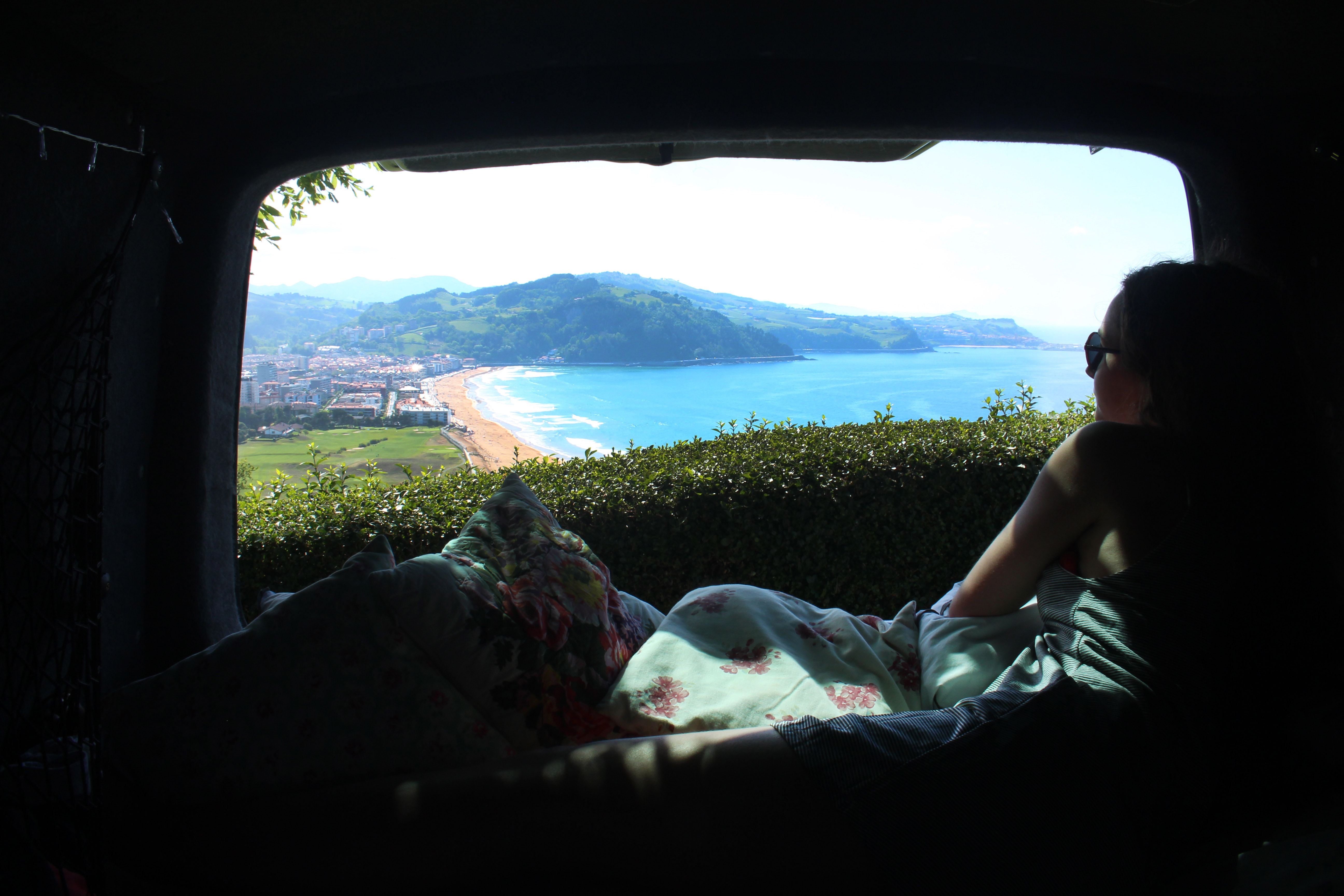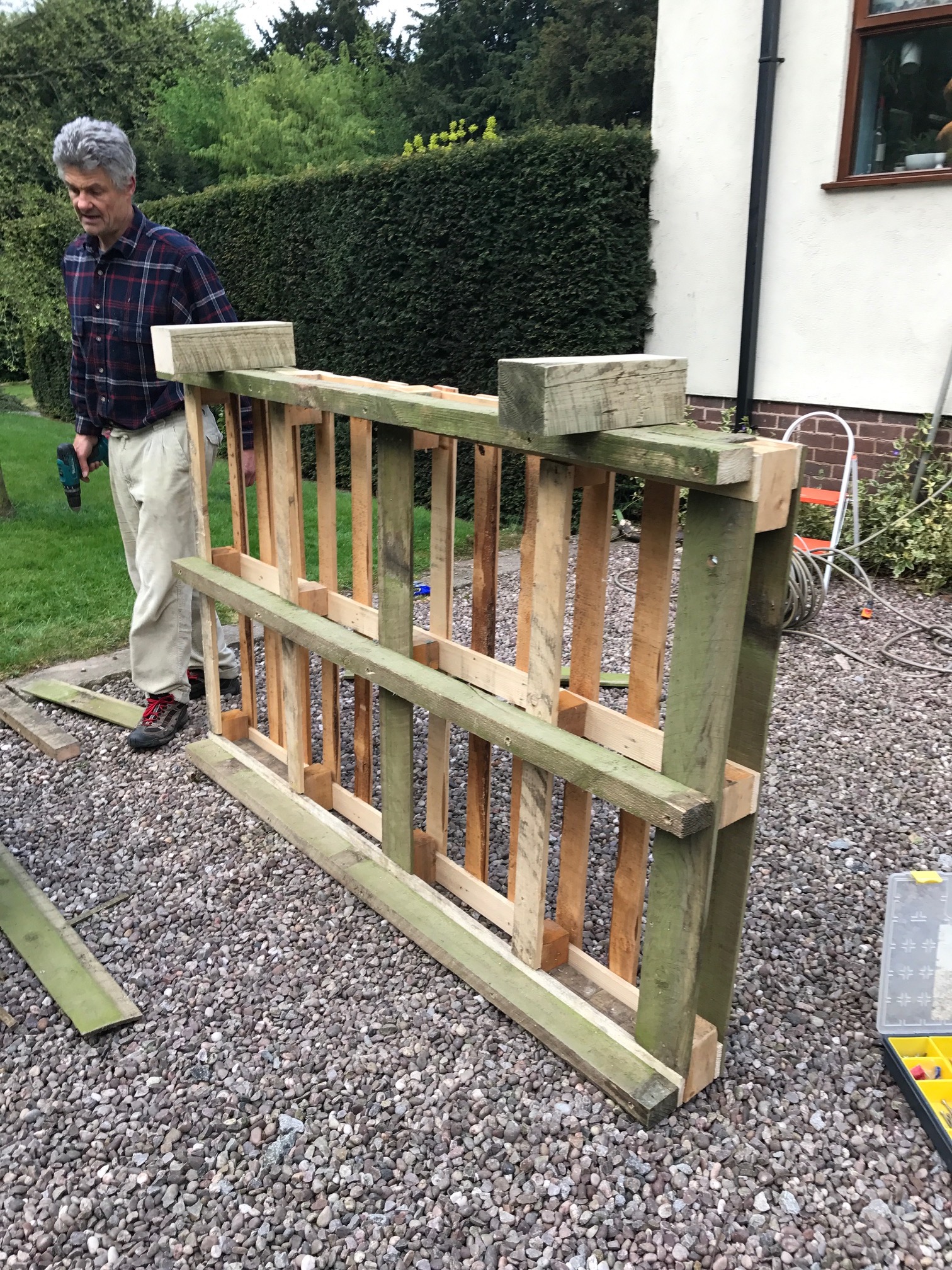
Hossegor is renowned for its surf scene; people of all ages skating or cycling along the streets as though it was rush hour in London, only instead of suits and briefcases; board shorts and surfboards. The miles long stretch of beach makes it a great place to stay for plenty of famous surf spots.
However, in the rare instance there is no surf for a few days people don’t seem to know what to do with themselves. Whilst we were parked up next to the Dunes we were approached by a dutch gentlemen dressed in Hawaiian board shorts, Oakley sunglasses and an unbuttoned shirt. He asked us “What is there to do here when there is no surf?” As we were suffering with the same predicament we decided to explore the other options the beautiful seaside resort had to offer. There is a large lake, where you can hire sailing dinghies or relax on the beach. The great expanse of the Landes forest lies behind the town and is popular for horse riding, hiking or cycling. There is also a popular skate park, tennis courts and Golf resort.
We explored the resort on our bikes. We brought our own, but you can hire them out for the day if not. Hossegor is connected to the towns Seignosse and Cabreton making them almost one continuous resort. So, to cycle or skate along the coast road is very accessible especially as the cycle lanes are just as wide as the road. This means in the height of summer you won’t be battling with the lost tourists in there big motorhomes engulfing the little lanes. You are also able to ignore the ridiculously confusing one way systems around the town.
The houses in Hossegor consist mainly of extravagant mansions set back amongst the trees. Every street can start to look quite similar; shaded by tree canopies and bordered with high stoned walls. This being said the eclectic mix of modern and traditional architecture built in the local Basque / Landes style is interesting to look at and envisage yourself sat on the balconies drinking Pimms and listening to Jack Johnson after a long days surf.
If you head into the centre there are lots of shops, bars and cafes to keep you entertained. We had a funny encounter when we went for a beer at the ‘Le Paris Cafe’ on the corner of the square. As we went to order a drink a lady behind the bar shouted ‘No card, go get cash’. Beguiled with her abruptness we headed over to the cash point. On return to the cafe we were distracted by a beautiful jewellery shop. As we were wandering around the shop we were startled by a lady tapping on my friends shoulder. It was the same lady from the bar looking angrily at us both. She said we had to return to the bar immediately and pay for the beer. Extremely confused we followed her back like naughty school children. She thought we had already had drinks and had run off without paying. However, she eventually realised the mistake she had made and looked very embarrassed. This being said the beer was great as we sat on the street and listened to a group of guys playing their guitar.
A couple of friends we met on a ski season were staying in Hossegor for the season, so we went to visit them. They said they had a slack line with them so we all decided to give it a go. Tying it to the trees I soon realised how difficult this was going to be. We drank beers and laughed at each others poor attempts at it; waving our arms and legs all over the place in desperate hope to cross it.
As evening approached we decided to head up to ‘Le Surfing’ bar for their famous nachos. There were four of us and only two bikes so with a little improvisation; me and my friend sat on the seats and the boys peddled. As we swayed and jolted along the coast road towards the bar people would point and laugh from their cars.
After nachos we raced down to the beach to watch the sunset. A few others joined us; one with his guitar and two others who later attempted all sorts of acrobatics on the beach. Sitting on the steps listening to the melodic soundtrack of the guitar, glugging wine from the bottle and throwing sticks for a stray dog that decided to join in was topped off by the backdrop of waves crashing into the shore and the sun sinking into the inky black sea.
So, when there are days without surf you won’t be stuck with things to do in the bustling seaside resort of Hossegor. All you need to do is get out of the car and explore!





















